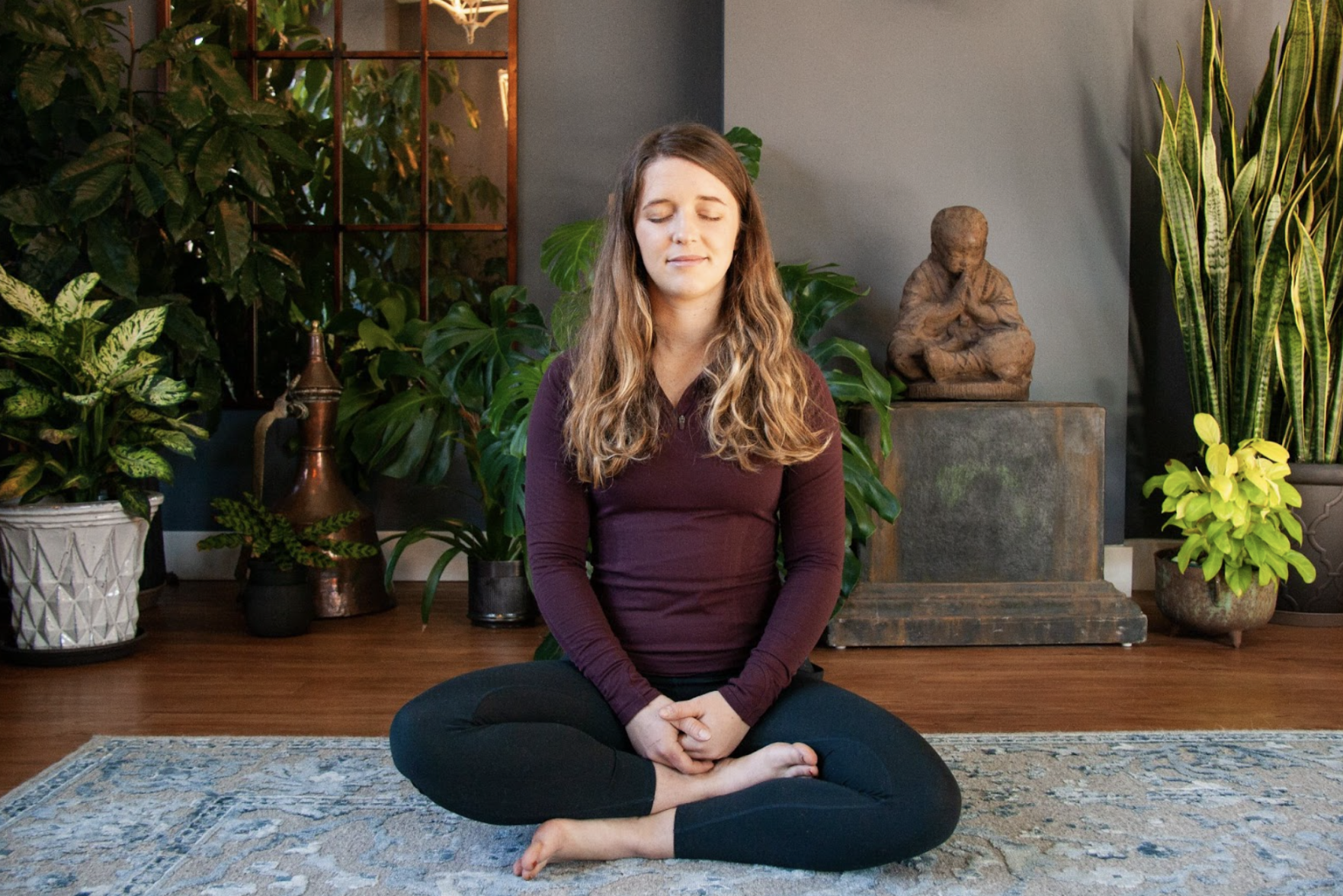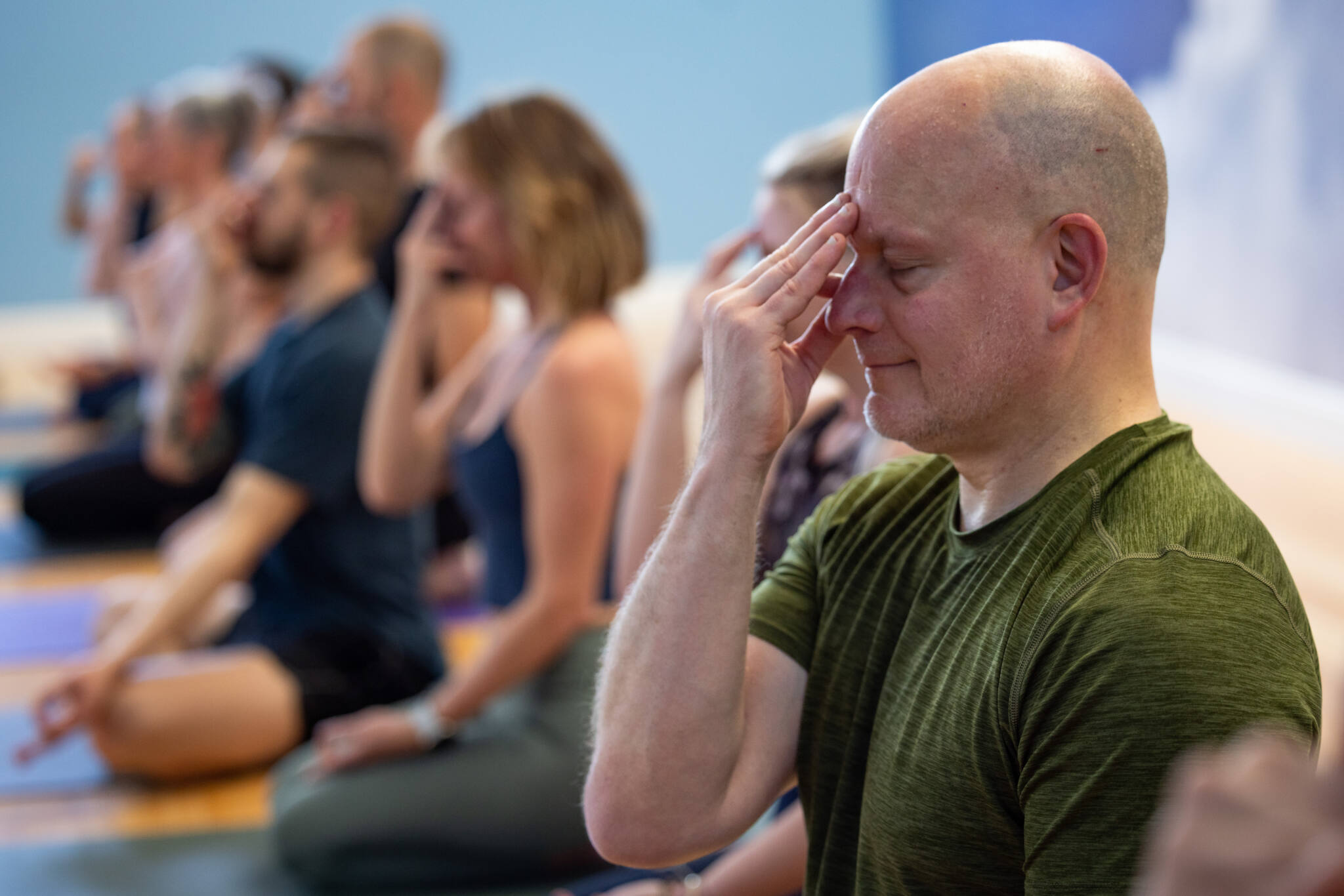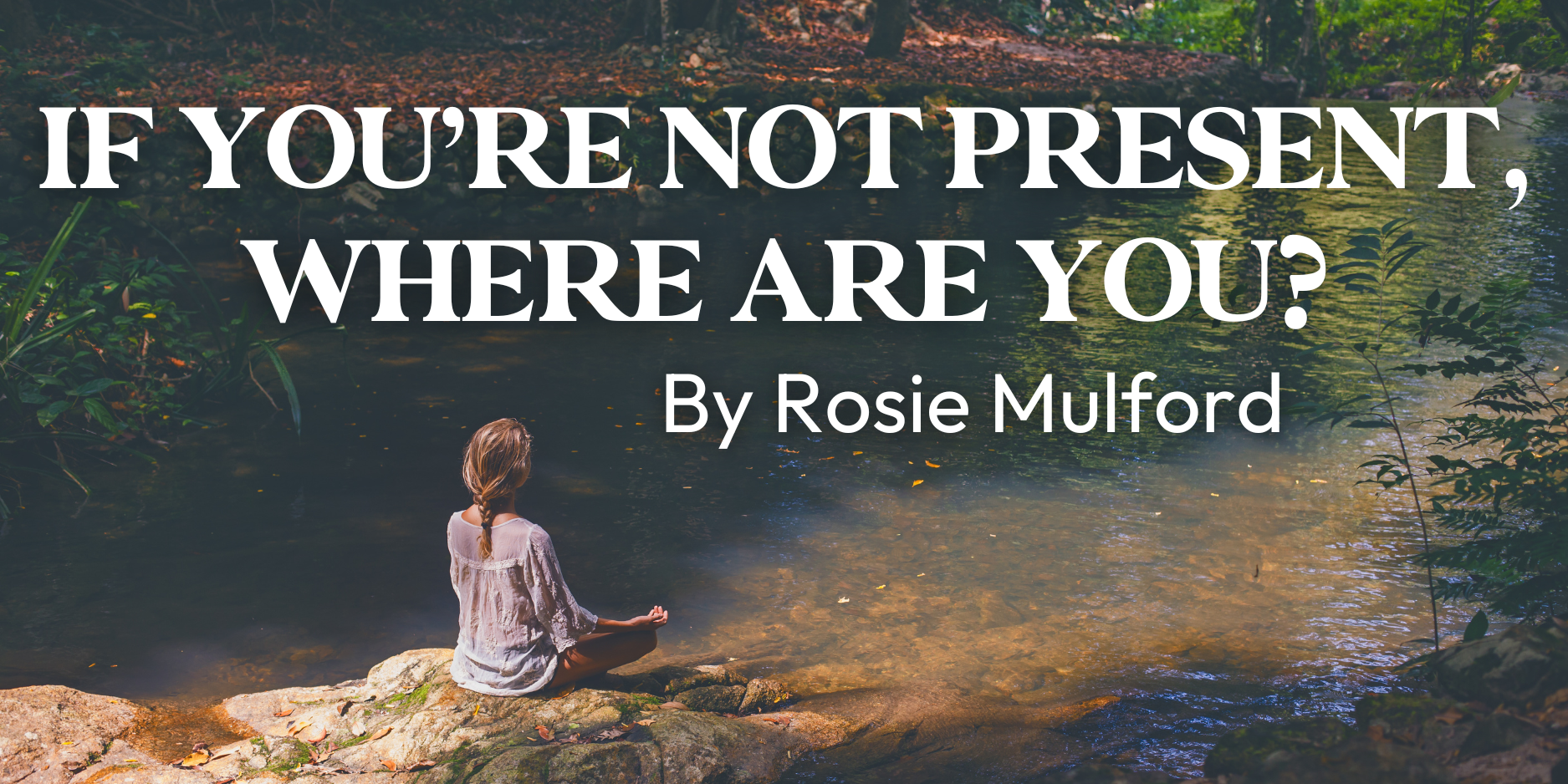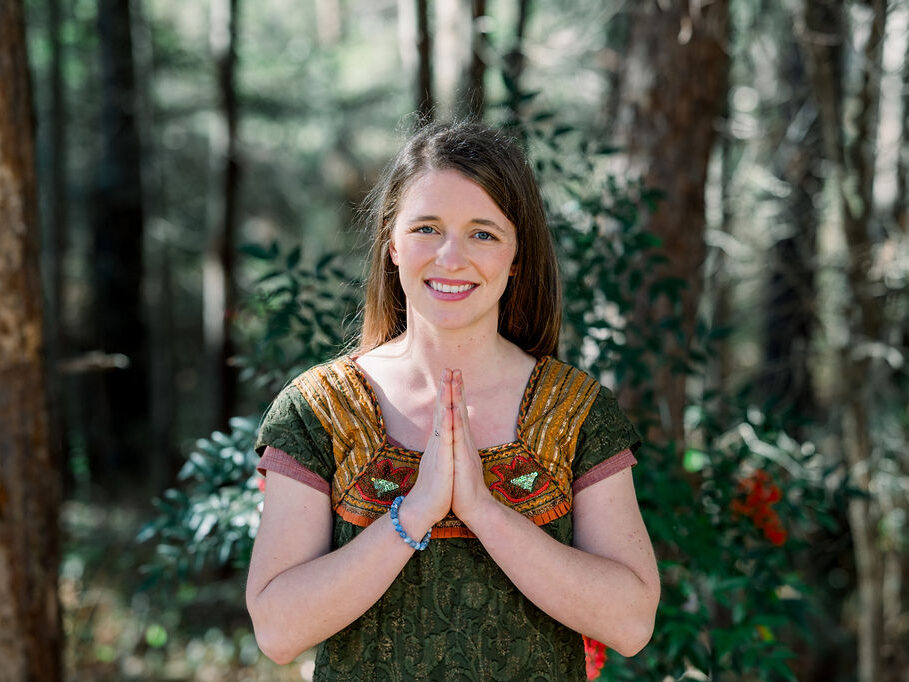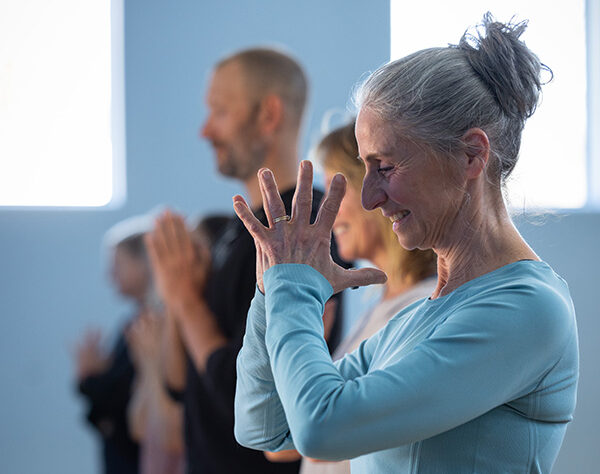Understanding Kundalini Yoga
With so many different types of yoga out there, it can be challenging to stay informed of each style. But in the spirit of a holistic yoga practice, we should strive to learn more about other approaches and, if appropriate, integrate them into our own practice or teaching.
Our yoga teacher training blog has covered various types of yoga already, but today we’re going to focus on Kundalini yoga. It is among one of the oldest lineages and predates most other types of yoga, especially those being offered in modern studios.
What is kundalini?
Kundalini is the practice of discovering untapped energy held at the base of the spine that can be brought up through the body to awaken each of the chakras. Kundalini yoga is an incredibly impactful tool for expanding awareness. “Kundalini awakening,” reached through a combination of movement, deep breathing, meditation and the chanting of mantras, results in an incredibly positive, energized and focused feeling.
Practicing Kundalini yoga helps create resilience, strength and vitality, and leaves you feeling renewed and even exhilarated.
What is kundalini yoga?
Kundalini yoga incorporates sound, breath and postures to awaken and channel this source of energy. Postures for Kundalini combine breathing techniques with poses focused on the naval, spine and other key energy points. Exercises may include breath of fire while doing a backbend, deep one-nostril or alternate-nostril breathing, shoulder stands, and seated meditations while chanting mantras.
Often the yoga instructor, as well as some of the students, in kundalini yoga classes will be wearing predominately white clothing. This is based on the teaching that white expands the aura or magnetic field. Kundalini classes also all begin with a process called “tuning in,” in which everyone chants, while seated, the phrase Ong Namo Guru Dev Namo, which translates to “I bow to the subtle divine wisdom, I bow to the teacher within.”
Kundalini is worth incorporating into your yoga practice as a way to connect to your inner potential, respond to the things during your day that drain energy, and find renewed energy and vitality. Through chanting mantras, focused breathing and opening postures, kundalini expands our inner vitality.
Frequently Asked Questions
Q: What is Kundalini energy?
A: Kundalini energy is believed to be a powerful, creative life force that rests at the base of the spine—often symbolized as a coiled serpent. In yogic philosophy, awakening this energy allows it to rise through the chakras, clearing energetic blockages and expanding awareness. When balanced and awakened with care, Kundalini energy can support transformation, clarity, and a deeper connection to your highest self.
Q: What are the benefits of Kundalini Yoga?
A: Kundalini Yoga blends breathwork, movement, mantra, and meditation to awaken energy and elevate consciousness. Many practitioners experience improved mental clarity, emotional resilience, nervous system regulation, and a sense of spiritual connection. It’s a deeply holistic practice that meets you on every level—body, mind, and soul.
Q: Is Kundalini Yoga suitable for beginners?
A: Yes—Kundalini Yoga can be a powerful and accessible practice for beginners, especially when approached with openness and curiosity. It may feel different from other yoga styles, but our skilled teachers offer plenty of guidance, modifications, and support. As always, we encourage you to honor your pace and take breaks when needed.
Q: What is the mantra ‘Ong Namo Guru Dev Namo’ used for?
A: This sacred mantra is traditionally chanted at the beginning of a Kundalini practice. It means “I bow to the Creative Wisdom, I bow to the Divine Teacher within.” It’s a way of tuning in—inviting guidance, grounding your awareness, and connecting to your inner knowing. The sound current itself is calming and centering.
Q: What are kriyas in Kundalini Yoga?
A: A kriya is a specific sequence of postures, breathwork, and sound designed to create a precise energetic effect. Each kriya has a unique focus—like balancing the glands, clearing emotional blocks, or increasing vitality. Practicing a kriya is like following a recipe for inner transformation—it’s intentional, powerful, and often deeply moving.




